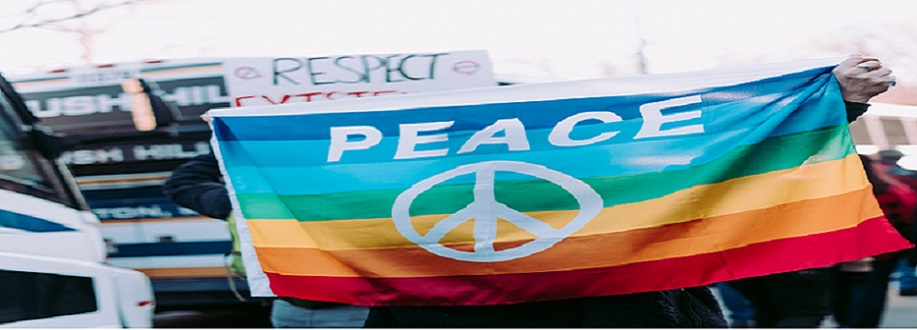The Role of Statistics in Human Rights Advocacy
January 19, 2018
We celebrate the legacy of Martin Luther King Jr. Remembering his civil rights activism made us think about the many ways statistics contributes to modern human rights advocacy.
Statistician Megan Price is a great example of how powerful statistics can be in addressing social justice and human rights violations. Price works for the Human Rights Data Analysis Group (HRDAG), a non-profit, non-partisan organization that collects and analyzes data to provide statistical accuracy for local and international human rights groups. She provides data analysis to assist in war crimes trials and organizations including the United Nations.
If you aren’t familiar with HRDAG’s work, here are some examples of how the organization assists in human rights advocacy through data analysis:
- Amid government suppression of information, HRDAG fostered accountability for war crimes by gathering and analyzing unofficial documented data on casualties and human rights violations in the Syrian crisis.
- By analyzing reports released by the Bureau of Justice Statistics (BJS), HRDAG found that the number of arrest-related deaths reported between 2003-2009 and 2011 was underestimated. The organization suggested better ways to analyze and report data so that all victims are counted.
- Together with several NGOs, HRDAG analyzed accounts of human rights violations and homicides after the internal armed conflict in Guatemala. Their work and subsequent testimony resulted in war crime accountability and information security.
Collecting undocumented data or researching falsely reported information, especially during wartime, is difficult and dangerous work. The data is derived from sources such as testimonials, surveys, records, reports, eyewitness interviews, NGO and partners, among others.
Data analysis provides quantitative reasoning for understanding patterns based on honest, structured findings. Statisticians like Price and her colleagues at HRDAG can provide accurate, unbiased reports using data sets to contribute to real world problem-solving. This kind of data provides an understanding of what victims are saying and experiencing, giving them the opportunity to create real solutions.
To learn more about how statisticians use their work to advance and protect human rights, click here.
Since we last spoke with Megan, she has founded the Center for Applied Insight Conflict Resolution and serves as a director and trainer.
Reviewed by the This is Statistics Team 08/2023
Related Posts

Hindsight Is 2023 for Former Statistics and Data Science Students
It’s back-to-school season! Gear up for the upcoming semester and consider diving into the captivating world of statistics and data science. Looking for diverse job opportunities that span across every industry? Look no further! With a variety of graduate programs and jobs, now is a great time for students to become data scientists and statisticians….

Elizabeth J. Kelly: “Statistics is for Adrenaline Junkies”
Elizabeth J. Kelly has always loved math, and as a professional statistician at Los Alamos National Laboratory (LANL) and a recreational rock climber, Elizabeth is an avid thrill-seeker who enjoys a challenge. “Math reminds me of climbing, including the need to focus, problem solve and persevere. I guess I ended up in statistics because I…

